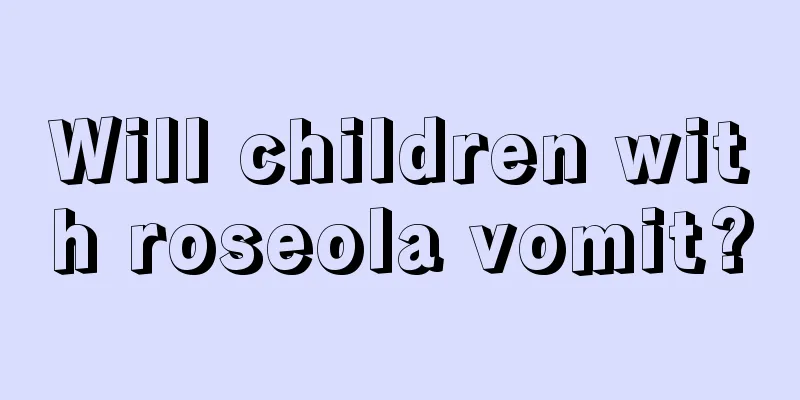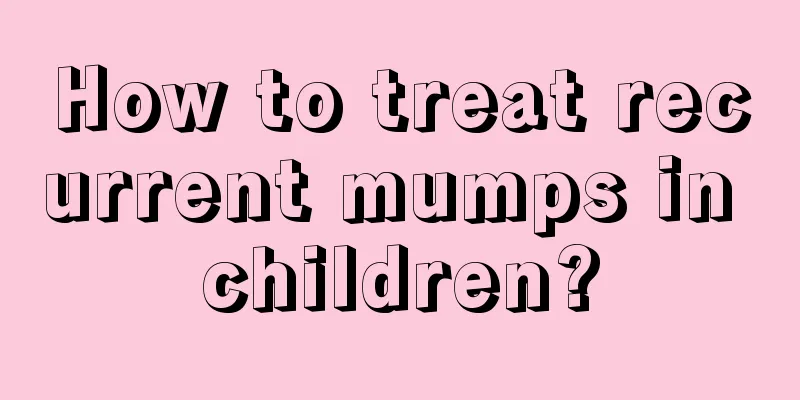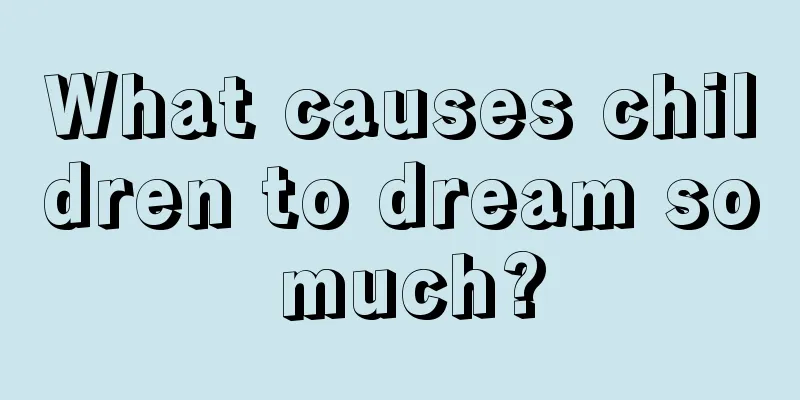Symptoms and treatment of laryngitis in children

|
As parents, we must of course actively understand the symptoms of laryngitis in children, especially if we find that the child has a fever, cough, hoarseness, or wheezing when crying. We must pay attention to active treatment, correct use of antibiotics, and take care to prevent children from catching a cold. 1. Acute laryngitis in children has an acute onset and is often accompanied by fever, hoarseness, cough, etc. At first, hoarseness is not serious, and there is wheezing when crying. Then the inflammation invades the subglottic area, and the coughing sound becomes "empty" and "empty", and the night talk symptoms worsen. Patients with more severe conditions may experience inspiratory laryngeal stridor, dyspnea during inspiration, inward movement of the suprasternal fossa, supraclavicular fossa, intercostal space and upper abdominal soft tissues during inspiration, and other symptoms of laryngeal obstruction. 2. Severely ill children have cyanosis or paleness around the mouth and nose, cyanosis of fingers and toes, and varying degrees of irritability and sweating. If not treated promptly, the patient may become pale, have weak breathing, circulation, respiratory failure, coma, convulsions, and even death. 3. Treatment of acute laryngitis in children: The focus of treatment is to relieve laryngeal obstruction. Effective and sufficient antibiotics should be used as early as possible to control the infection. If there are symptoms of laryngeal obstruction, add steroid hormones. 4. Drug treatment methods for acute laryngitis in children: Strengthen supportive therapy, pay attention to the patient's nutrition and electrolyte balance, inject glucose solution intravenously, protect myocardial function, and avoid acute heart failure. Try to let the patient rest quietly and reduce crying to avoid aggravating breathing difficulties. 5. When the seasons change, be sure to add or remove clothes for your child in time, and cover him or her with quilts at night to prevent him or her from catching cold. At the same time, we should focus on improving children's physical resistance and cold tolerance, and let children participate in more outdoor activities and physical exercise even in winter. 6. Secondly, children’s nutrition should be strengthened and picky eating should be eliminated to avoid “malnutrition”. Children should develop good eating, hygiene and living habits. Finally, it is also extremely important to maintain appropriate room temperature and open windows frequently to let in fresh air. |
<<: Can I cut the nails of a half-month-old baby?
>>: What causes swollen lymph nodes in the neck in children?
Recommend
Eruption order and timing of permanent teeth
When we grow to the age of four or five, the deci...
What are the spring parenting knowledge in kindergarten
Nowadays, more and more children are sent to kind...
What should I do if my child in the first grade of junior high school doesn’t want to go to school?
Children are generally very well-behaved and hone...
How to do a neonatal hip examination
Normal people know that children are born after t...
What should I do if my baby cries and holds his breath?
I became a mother a few months ago. As a first-ti...
What should I do if my child has black spots on his teeth?
It is not normal to have black spots on teeth, bu...
How can babies sleep to have a good face shape
Babies generally need to sleep on their backs, si...
Treatment of neonatal eczema
We may have seen many children experiencing neona...
Why does my baby's knees make a crackling sound when he moves them?
People need to pay attention to the baby's jo...
What should I do if my child has a fever? Please give your baby enough love
We adults feel very uncomfortable when we have a ...
What causes white spots on children’s skin?
White spots on the skin are not unfamiliar to man...
Why does the baby have diarrhea after breastfeeding?
With the improvement of living standards, people ...
What to do if your one and a half year old baby has thinning hair
Many parents start to worry when their baby's...
Combing your child's hair is simple and beautiful
Parents all like to dress their children up beaut...
What to do if your child coughs late at night
If a child coughs late at night, it will directly...









